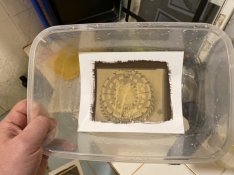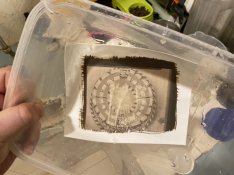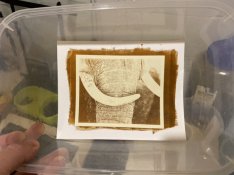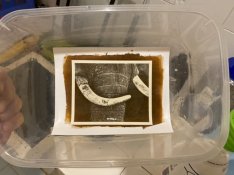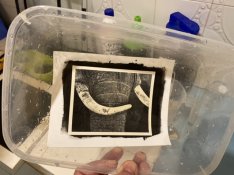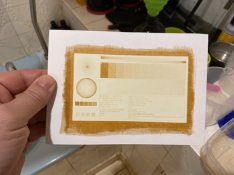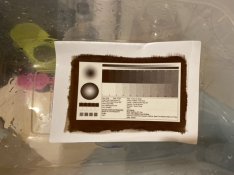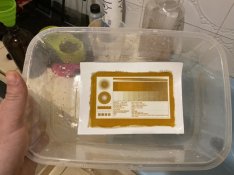Philip Walton
Member
I recently started printing Kallitypes after having good success with Van Dykes. I cannot get Ferric Oxalate here in Kenya so I ended up making my own following Dick Stevens #2 method with a ferrous oxalate intermediate that is oxadised with H2O2 and oxalic acid. Needless to say it was a pain but I got an amber clear liquid that passed the test for both too much ferrous and too much oxalic acid. Used a standard emulsion mix per SK and everything coats great. Pyrocat HD negatives and sun exposure (Nairobi has great UV).
At the end of 5 min in direct sunlight I had an image that looked as printed out as a VDB. I developed in Sodium Citrate and, if anything, the developer lightened the print. I took the prints through the remainder of the workflow including toning with gold and ended up with really mediocre prints. I have tried remixing developer and adding citric acid. It really just feels more like a VDB than anything I’ve seen of videos on Kallitype printing.
I know I could stick with VDB but I really want the flexibility of controlling contrast and hopefully getting longer highlights.
The lighter image is immediately after exposure and the darker picture is after processing. Ignore the damage in the middle of the frame. I’m just not seeing any kind of developing.
What would cause a Kallitype to fully print out?
At the end of 5 min in direct sunlight I had an image that looked as printed out as a VDB. I developed in Sodium Citrate and, if anything, the developer lightened the print. I took the prints through the remainder of the workflow including toning with gold and ended up with really mediocre prints. I have tried remixing developer and adding citric acid. It really just feels more like a VDB than anything I’ve seen of videos on Kallitype printing.
I know I could stick with VDB but I really want the flexibility of controlling contrast and hopefully getting longer highlights.
The lighter image is immediately after exposure and the darker picture is after processing. Ignore the damage in the middle of the frame. I’m just not seeing any kind of developing.
What would cause a Kallitype to fully print out?


